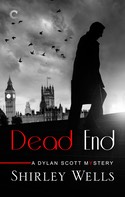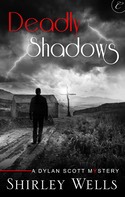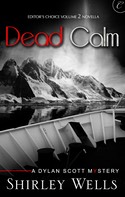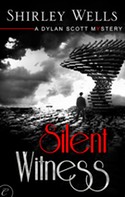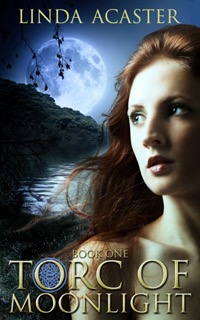I'm delighted to welcome the hugely talented Linda Acaster to the blog today. There are freebies, too. Yes, freebies - and not one book but two! Simply comment on this post to be entered into a draw for a free e-copy of Books 1 & 2 of the Torc of Moonlight trilogy.
Take it away, Linda!
--
Last weekend The Bull At the Gate, Book 2 in the Torc of Moonlight trilogy, hit #3 in the AmazonUK Crime, Thriller & Mystery > Suspense > Occult chart. But does that make it a Crime novel? Here’s the blurb:

Nick has moved to York, a walled mediaeval city of crooked half-timbered houses and tight cobbled streets where historical re-enactment groups of Vikings thrill the tourists. Yet deep in the crypt of York Minster sit the foundations of an earlier occupation, the Roman fortress of Eboracum that garrisoned both the infamous Ninth Legion and the Sixth Victrix, and stains of sacrificial deaths lay buried deep in modern cellars. When a female student disappears the police start asking awkward questions about Nick’s dead girlfriend, Alice, and he becomes a suspect. Is a clue hidden in a reproduction artefact from the Temple of Mithras, or is it a true 1700 year old relic looking as new as if it had been made yesterday?
I consider genre is a matter of emphasis. I didn’t write either book as Crime, though both have a murder adjacent to the central premise, which wouldn’t work if the crime elements were removed. In Book 1 the characters experience the ripples a death creates; in Book 2 York police has a thread of its own, one of the three parallel storylines that makes up The Bull At The Gate.
Det Sgt Andrew Brennan is allocated a missing person file and two DCs, female Hanrahan and male Michaels. The reader never learns their first names because, although both play a prominent part, the novel does not focus on their personal lives, only their police roles. Using a person’s ‘role’ to offer an oblique reflection of what is happening elsewhere in the book is fraught with potential problems. Stereotyping characters as a means of shorthand was the biggest I was careful to avoid. Michaels tends to make judgements on what he sees; Hanrahan looks for hidden layers. Is this type-casting by gender? It comes down to how it is handled in the writing.
The same can be said for the police hierarchy. Would a detective sergeant run the investigation when there’s a possibility the missing girl might turn up dead? It’s a yes/no call according to my advisor. To keep the authenticity, and a foot in both camps, I have an inspector at arm’s length, just as I have mention of Police Community Support Officers off-page. When a house is raided readers see a full tactical unit in action – but through the non-police eyes of the main character, Nick, who has his own priorities and agenda.
Added into the mix is the fact that all members of the team suspect Nick needs psychiatric help, but to bring such onboard might jeopardise their search for the missing girl. Although readers can see two other slants on the story via the parallel threads, I was vigilant in maintaining an overall ambiguity. Who is to say the police are wrong in their assumptions?
Truth is not cast in iron; it’s always a perspective. As in any Crime novel, it’s up to the reader to work it out.
If you’ve enjoyed this post please give it a Tweet (below). If you leave a comment or ask a question you could win both ebooks. This post is part of a listed blog tour. Last: Walking on History: Using York as a Setting. On Saturday 15th Handling Emotional Character Arcs.
Torc of Moonlight Book 1 is discounted to 99c/99p for a limited period.
The Bull At The Gate Book 2 is available in ebook only, paperback to follow.
All Formats now – filtering through to iBooks, Nook, Kobo in a few days
Catch Linda Acaster on Website ¦ Facebook ¦ Twitter
Update (10/03/2014): The winner has now been chosen and the giveaway is closed. Thanks for all your comments, everyone!
